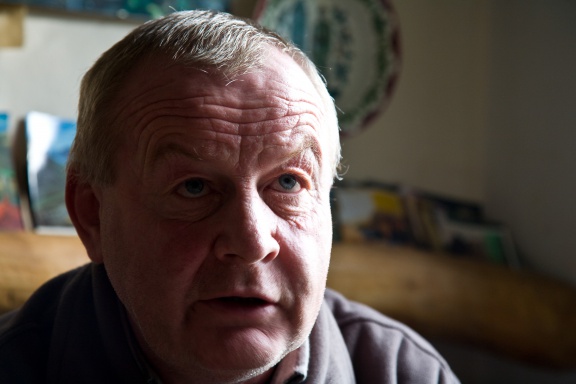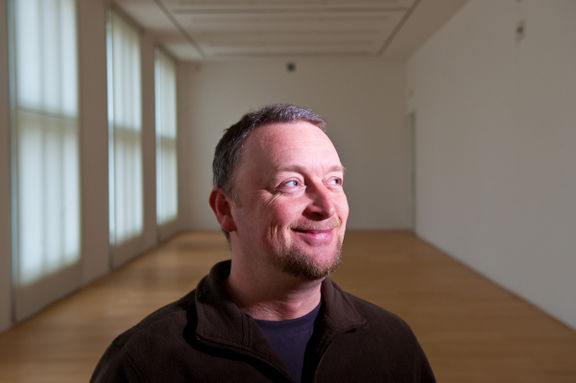Difference between revisions of "Mladina Magazine"
m |
Tonko Sekulo (talk | contribs) |
||
| (14 intermediate revisions by 5 users not shown) | |||
| Line 1: | Line 1: | ||
{{Article | {{Article | ||
| − | | status = | + | | status = INFOBOX TOPROOFREAD FERTIK! |
| maintainer = Admin | | maintainer = Admin | ||
}} | }} | ||
{{Infobox | {{Infobox | ||
| + | | name = Mladina Magazine | ||
| localname = Mladina | | localname = Mladina | ||
| − | | street = | + | | street = Dunajska cesta 51 |
| town = SI-1001 Ljubljana | | town = SI-1001 Ljubljana | ||
| telephone = 386 (0) 1 230 6500 | | telephone = 386 (0) 1 230 6500 | ||
| fax = 386 (0) 1 230 6510 | | fax = 386 (0) 1 230 6510 | ||
| email = desk@mladina.si | | email = desk@mladina.si | ||
| − | | website = http://www.mladina.si | + | | website = http://www.mladina.si |
| + | | published by = Mladina časopisno podjetje d.d. | ||
| + | | frequency = weekly | ||
| contacts = {{Contact | | contacts = {{Contact | ||
| name = Grega Repovž | | name = Grega Repovž | ||
| Line 16: | Line 19: | ||
| email = grega.repovz@mladina.si | | email = grega.repovz@mladina.si | ||
}}{{Contact | }}{{Contact | ||
| − | | name = | + | | name = Robert Botteri |
| − | | role = Culture | + | | role = Creative Editor |
| − | | email = | + | | email = robert.botteri@mladina.si |
| + | }} | ||
| + | {{Contact | ||
| + | | name = Vanja Pirc | ||
| + | | role = Culture Editor | ||
| + | | email = vanja.pirc@mladina.si | ||
}} | }} | ||
}} | }} | ||
{{Teaser| | {{Teaser| | ||
| − | [[Mladina]] | + | ''[[Mladina Magazine|Mladina]]'' [Youth] appeared for the first time in January [[established::1943]] in succession to the former ''Mlada Slovenia'' [Young Slovenia], a magazine of the National Liberation Front published in 1941–1942. Since that time ''Mladina'' gained a reputation for challenging, investigative, and provocative reporting in the former Yugoslavia. In the independent Slovenia, ''Mladina'' continues to irritate the authorities and its role has remained controversial. The culture section gives an overview of the programme for the following week and covers current themes, mostly in the form of interviews, pieces of research or shorter event reviews. |
}} | }} | ||
| + | |||
| + | ==Comics== | ||
| + | Since the late 1990s ''Mladina'' has encouraged the production of comics in Slovenia under the editorship of [[Ivo Štandeker]] (1961–1992). A strong generation of comic artists has emerged with [[Tomaž Lavrič]], [[Zoran Smiljanić]], and [[Bugbrain Studio|Dušan Kastelic]] as representatives. Lavrič's ''Diareja'' became the magazine's mascot and has been reflecting the daily politics for over 20 years. In 2010, Ljubljana's [[Moderna galerija / Museum of Modern Art, Ljubljana plus Museum of Contemporary Art Metelkova]] featured an exhibition of his comics. In 2017 Lavrič received [[Prešeren Foundation Award]] for his work. | ||
| + | |||
| + | In April 2017, the [[Moderna galerija / Museum of Modern Art, Ljubljana plus Museum of Contemporary Art Metelkova]] featured an exhibition of Mladina cover art and notable articles from the 1980s period. | ||
| + | |||
| + | In October 2017, a Mladina cover page illustration on the topic of the Catalan independence conflict was refashioned as a graffiti mural in the Catalan city of Olot. | ||
| + | |||
| + | Several famous people have collaborated with the magazine during its history inlcuding [[Slavoj Žižek]], [[Rastko Močnik]], [[Marcel Štefančič Jr.]], art collective [[Neue Slowenische Kunst]] and others. | ||
| + | |||
| + | ==See also== | ||
| + | * [[Mladina.si]] | ||
| + | |||
| + | ==External links== | ||
| + | * [http://www.mladina.si Mladina.si website] (in Slovenian) | ||
| + | * [http://www.mg-lj.si/node/517 Tomaž Lavrič exhibition 2010] at [[Museum of Modern Art]] | ||
| + | |||
| + | {{gallery}} | ||
[[Category:Media]] | [[Category:Media]] | ||
| − | [[Category: | + | [[Category:Periodicals]] |
| + | [[Category:Magazines]] | ||
| + | [[Category:Updated 2021]] | ||
Latest revision as of 14:42, 21 February 2021
Comics
Since the late 1990s Mladina has encouraged the production of comics in Slovenia under the editorship of Ivo Štandeker (1961–1992). A strong generation of comic artists has emerged with Tomaž Lavrič, Zoran Smiljanić, and Dušan Kastelic as representatives. Lavrič's Diareja became the magazine's mascot and has been reflecting the daily politics for over 20 years. In 2010, Ljubljana's Moderna galerija / Museum of Modern Art, Ljubljana plus Museum of Contemporary Art Metelkova featured an exhibition of his comics. In 2017 Lavrič received Prešeren Foundation Award for his work.
In April 2017, the Moderna galerija / Museum of Modern Art, Ljubljana plus Museum of Contemporary Art Metelkova featured an exhibition of Mladina cover art and notable articles from the 1980s period.
In October 2017, a Mladina cover page illustration on the topic of the Catalan independence conflict was refashioned as a graffiti mural in the Catalan city of Olot.
Several famous people have collaborated with the magazine during its history inlcuding Slavoj Žižek, Rastko Močnik, Marcel Štefančič Jr., art collective Neue Slowenische Kunst and others.
See also
External links
- Mladina.si website (in Slovenian)
- Tomaž Lavrič exhibition 2010 at Museum of Modern Art





